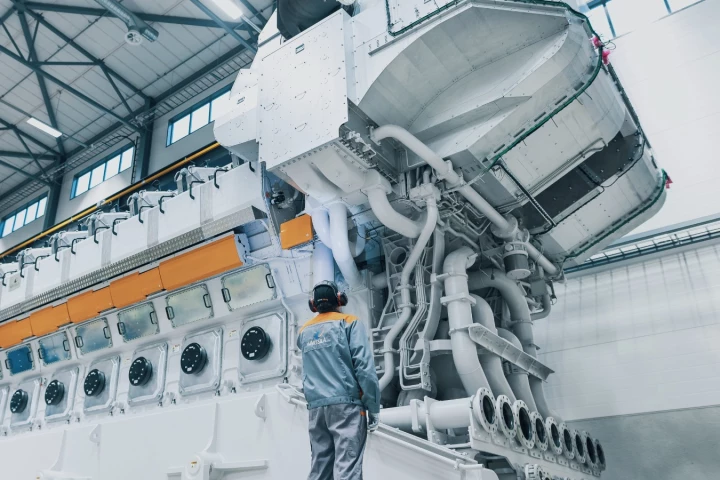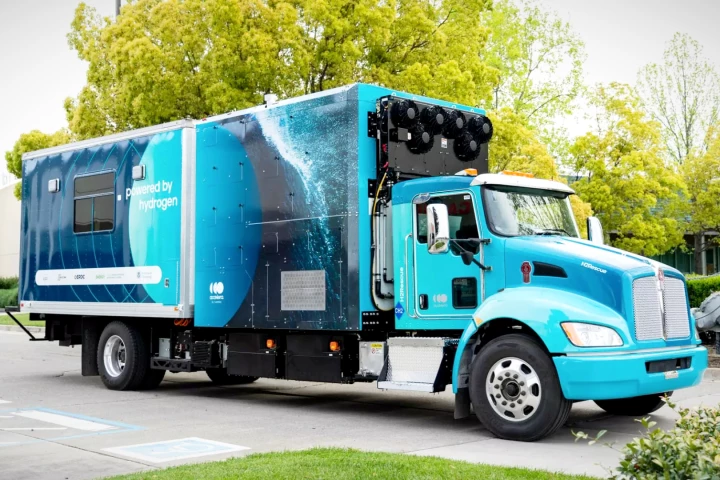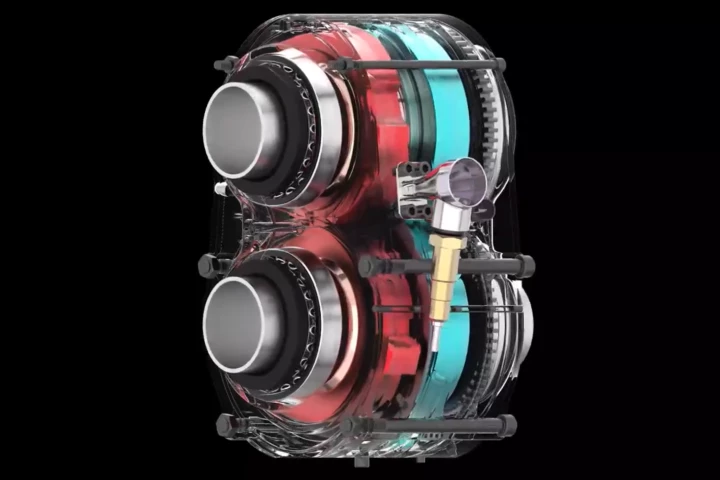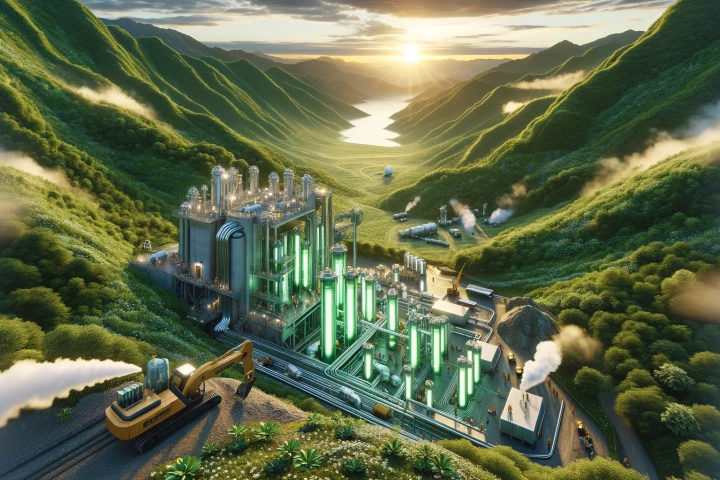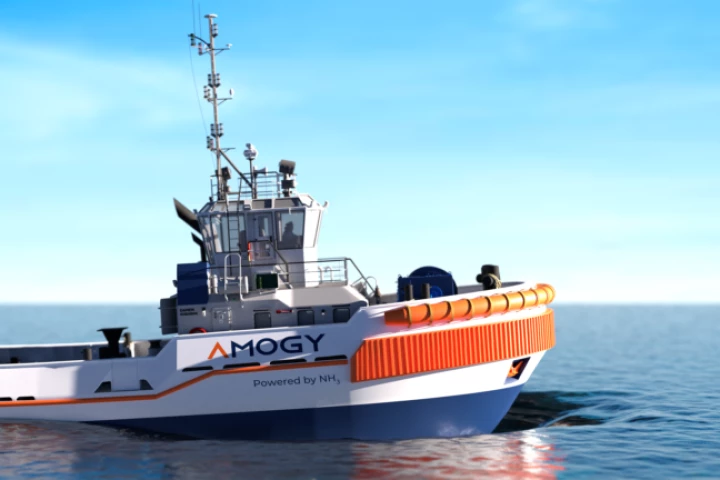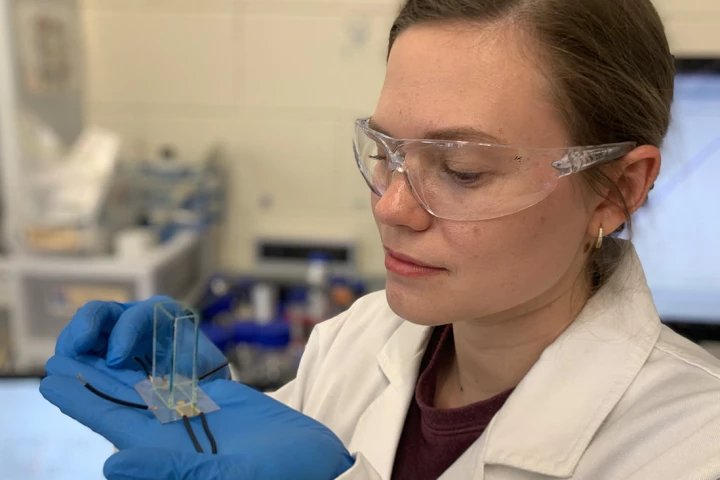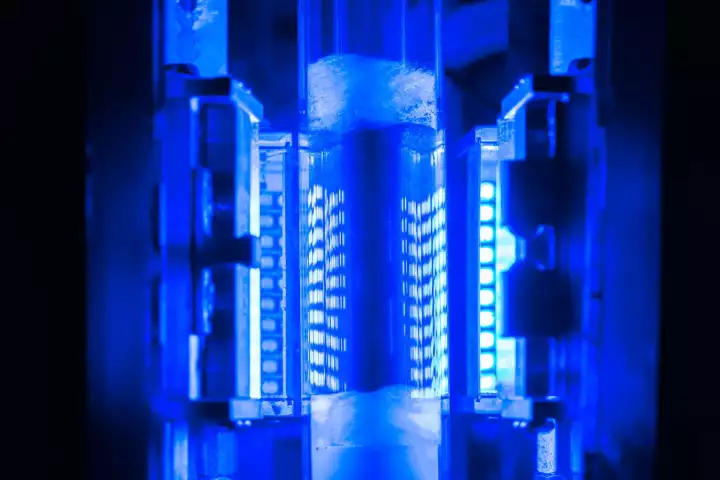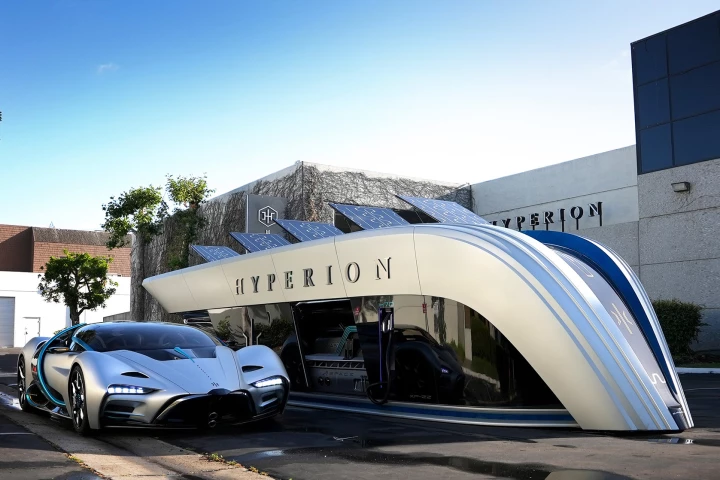Clean+Fuel
-
Once famous for building the world's biggest and most powerful engines, Finnish company Wärtsilä is investing heavily in technology to clean up the notoriously difficult heavy marine sector. CEO Håkan Agnevall lays out a roadmap to zero carbon 2050.
-
Hydrogen-fueled trucks can keep thousands of tons of carbon out of the air every year. A prototype rescue truck from the US Department of Energy shows just how viable the clean-burning haulers are becoming – by bagging a new world record.
-
The company that broke a Guinness World Record this year with its all-hydrogen train has just announced another world first. Stadler Rail has developed a fleet of train cars that can run on either hydrogen or battery power for branch rail services.
-
Astron aerospace has shown a partial prototype of a new rotary combustion engine it claims runs at an extraordinary 60% thermal efficiency, burning totally clean with zero NOx emissions and nothing but fresh water out of the tailpipe.
-
There's enough natural hydrogen trapped underground to meet all projected demands for hundreds of years. An unpublished report by the US Geological Survey identifies it as a new primary resource, and fires the starter pistol on a new gold rush.
-
Liquid hydrogen is a giant pain to handle, but it's one of the few technologies with a genuine chance of decarbonizing long-range flight. So it's huge news for clean aviation that H2Fly has now landed the word's first piloted liquid hydrogen flight.
-
Ammonia has been proposed as a clean fuel for ships, airliners, trucks and trains, but China's GAC believes it could also have a future in passenger cars. It's built a combustion engine to test the theory, capable of reducing emissions by around 90%.
-
Having already rolled out the world's first ammonia-fueled tractor and the world's first ammonia-fueled semi truck, Brooklyn company Amogy has now got hold of a 1957 tugboat, and plans to have the world's first ammonia-powered ship sailing this year.
-
Claiming a system-level energy density 5X higher than batteries, Amogy has rolled out "the world's first ammonia-powered, zero-emission semi truck." It holds about 900 kWh of energy, like the Tesla Semi, but you can refuel it in about eight minutes.
-
RMIT researchers say they've unlocked cheaper, more energy-efficient green hydrogen production with a new electrolysis technique boosted by sound waves. With these high-frequency vibrations active, standard electrolysis produces 14x more hydrogen.
-
A fundamental chemistry breakthrough promises to unlock ammonia as a clean fuel, and decarbonize the chemical industry in the process. Rice University researchers have created a small, LED-powered device that converts ammonia to hydrogen on the fly.
-
Hydrogen supercar maker Hyperion isn't happy about the state of hydrogen fuel infrastructure, so it's decided to start building its own, rolling out yacht-styled mobile hydrogen stations across the United States that can generate fuel on-site.
Load More
